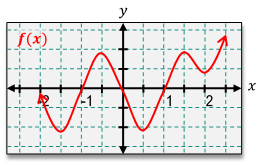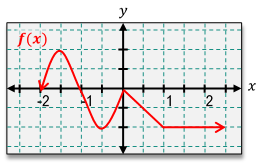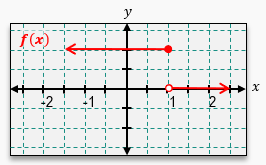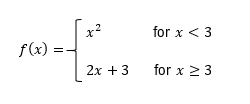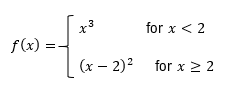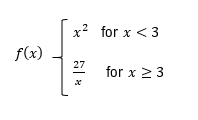Understanding the concepts of continuity and differentiability is essential in calculus. A function is considered continuous if its graph can be drawn without lifting the pencil, meaning there are no holes, jumps, or asymptotes. For a function to be differentiable, the derivative must exist at all points, which implies that the function must be continuous and smooth, without any sharp corners or turns.
To determine if a function is continuous at a specific point, such as x = 2, we check if the limit from both sides of that point equals the function's value at that point. If both the limit and the function value are equal, the function is continuous. For differentiability, we first confirm continuity and then examine the graph for any sharp corners. If a sharp corner exists, the function is not differentiable at that point, even if it is continuous.
For example, if we analyze a function at x = -3 and find a hole in the graph, we conclude that the function is not continuous, and consequently, it is not differentiable. Conversely, if we check x = 0 and find that the function is continuous but has a sharp corner, it is continuous but not differentiable. In another case, examining the interval from 0 to infinity, if the graph is smooth and continuous throughout, we can conclude that the function is both continuous and differentiable.
In summary, while a function can be continuous without being differentiable, it cannot be differentiable if it is not continuous. This relationship is crucial for solving problems related to the behavior of functions in calculus.

